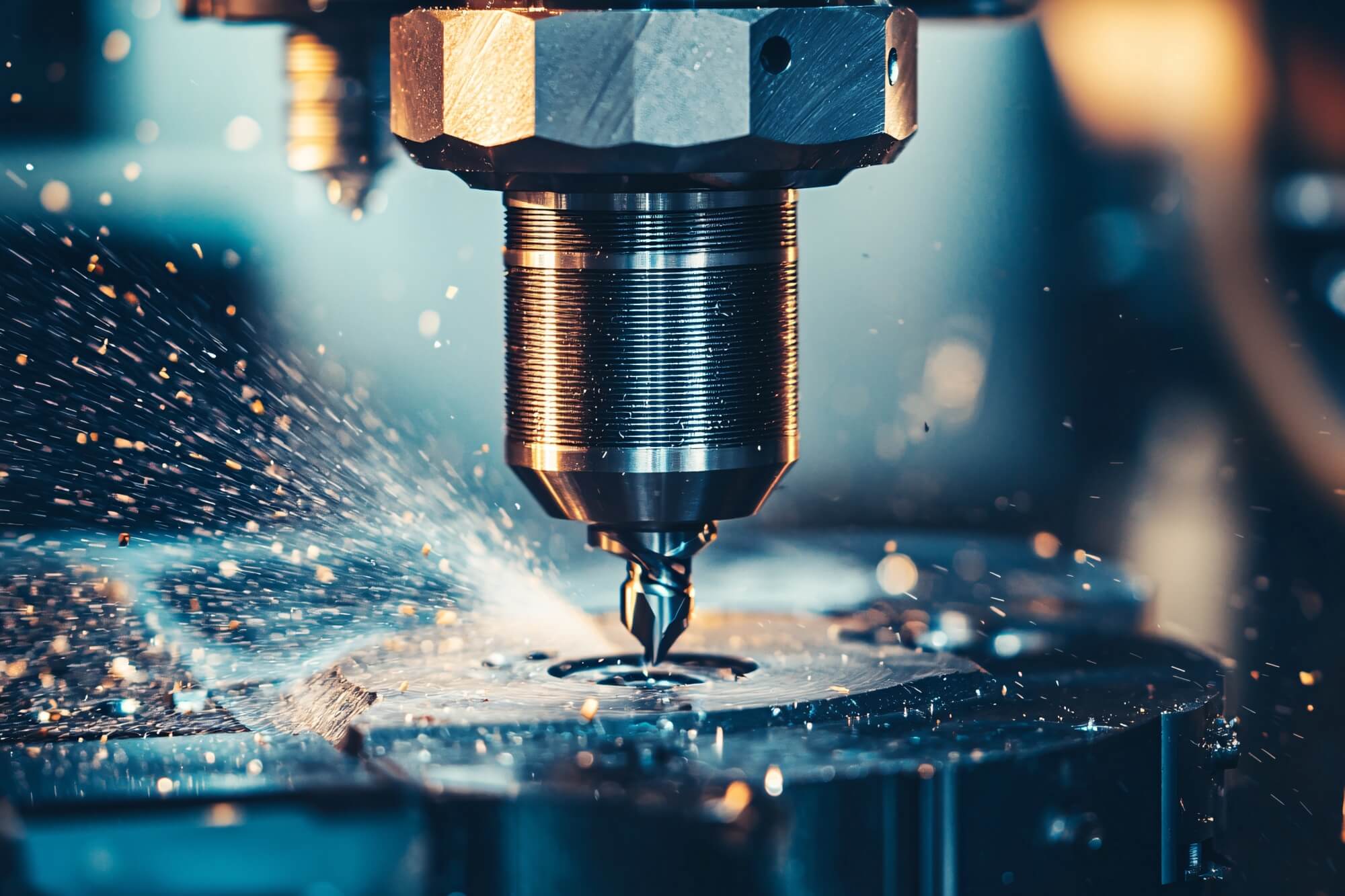
High-speed CNC spindles have brought a transformative impact on CNC milling, significantly enhancing efficiency and precision in machining. Milling spindles at higher cutting speeds allow for faster feed rates, improved surface finishes, and reduced cycle times, ultimately leading to greater productivity and cost-effectiveness.
This article explores the technological advancements in spindle design that enable such high speeds and examines the practical benefits they deliver across various industries. Additionally, it highlights the challenges of implementing higher spindle speeds and provides insights into overcoming these hurdles to harness their capabilities.
The Advent of High-Speed Spindles
A high-speed machine tool spindle is an advanced component in a CNC machine, operating at significantly higher rotational speeds compared to traditional spindles. They typically run at speeds ranging from 10,000 to 60,000 revolutions per minute (RPM) or higher.
These spindles enhance machining efficiency, precision, and productivity in various manufacturing processes such as milling, drilling, and grinding.
They differ from traditional spindles in several ways:
- They operate at much higher RPMs.
- Integral motor designs with the motor built into the spindle assembly.
- Advanced bearing systems to support extreme speeds.
- These spindles incorporate sophisticated thermal compensation systems to maintain accuracy during high-speed operations.
- High-speed spindles often require specialized cutting tools.
Advantages of High-Speed Spindles
Higher spindle speeds offer several significant benefits in machining, primarily focused on faster production times and greater precision. Higher spindle speeds allow for faster cutting, resulting in quicker material removal, which saves time and offers improved surface finishes.
High-speed spindles enable efficient machining of complex geometries and hard-to-machine materials. They are particularly beneficial when working with small-diameter tools, allowing optimal cutting speeds in applications like engraving or micro-machining.
Environmental and Safety Innovations
High-speed spindles generate considerable heat, requiring advanced systems to contain and recycle coolant to maintain optimal machining conditions. This increased use of coolant requires equipment like filtration and mist collection systems to manage airborne particles, ensuring cleaner air.
To enhance workplace safety, facilities implement air quality measures such as high-efficiency particulate air (HEPA) filters and ventilated enclosures. These measures protect staff from inhaling harmful coolant mists and fine particulates during operations.
The Industry Impact
High-speed spindles have significantly influenced the CNC machining industry by increasing productivity and precision, enabling manufacturers to produce higher-quality parts more quickly. This technological leap has necessitated the adoption of safer and more environmentally friendly practices.
The increased operation speeds require improved coolant containment and recycling systems, reducing waste and minimizing environmental impact. Additionally, enhanced air quality controls, such as efficient filtration and ventilation, now protect workers from harmful exposures, fostering a safer work environment.
These advancements drive efficiency and promote sustainability and workplace health, pushing the industry towards more responsible manufacturing practices.
Conclusion
Introducing high-speed motor spindles in CNC machining has enhanced the industry’s efficiency, precision, and productivity while promoting safer and more environmentally sustainable operations. Adopting high-speed spindle technology for decision-makers and potential clients represents a strategic investment that can elevate operational capabilities, reduce costs, and align with modern ecological and safety standards, creating long-term value for their operations.







